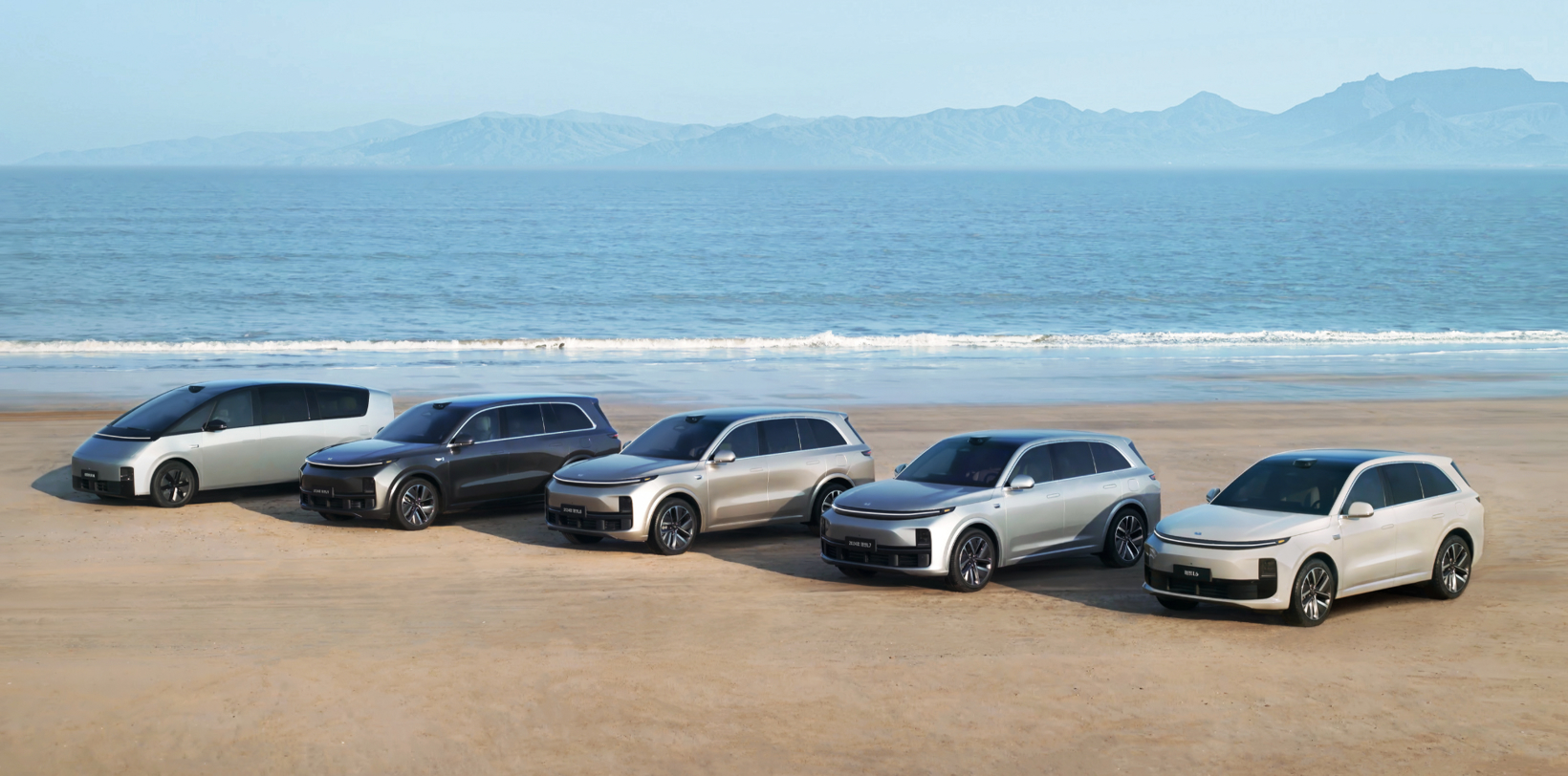Ideal establishes “end-to-end” entity organization, with a scale of about 200 people. After Tesla CEO Elon Musk proposed introducing the “end-to-end” large model for autonomous driving development last year, it quickly caused a stir in the industry. Domestic car companies are following suit. Currently, NIO has initiated organizational changes, establishing a dedicated department for end-to-end large models; Huawei’s car BU launched a new brand this year, Qiankun, and announced the realization of end-to-end technology on vehicles; Xiaopeng Motors also plans to apply end-to-end large model architecture; Great Wall Motors will achieve end-to-end intelligent driving mass production on 3 models this year… The “End-to-End Autonomous Driving Industry Research Report for 2024” jointly released by Chentao Capital and multiple institutions points out that the time for domestic autonomous driving companies to achieve mass production of modular end-to-end solutions on vehicles may be in 2025.

Recently, Ideal also announced its participation in end-to-end large model construction. In early July, at Ideal’s Smart Driving Summer Release Conference, Ideal unveiled a new autonomous driving technology architecture based on end-to-end models, VLM visual language models, and world models, and launched an early bird program for the new architecture. According to Lang Xianpeng, Vice President of Intelligent Driving Research and Development at Ideal Motors, this architecture is the industry’s first solution to deploy dual systems at the vehicle end, and the first successful deployment of VLM visual language models on vehicle end chips.
